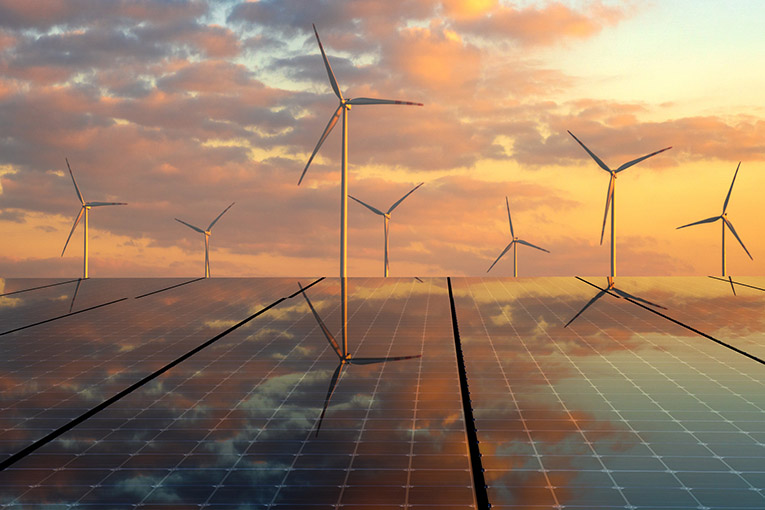Clean Energy investment needs to tripe by 2030 to avoid a climate disaster, the International Energy Agency said this Wednesday, amid the coming Climate Summit COP 26 and an energy crisis that has boosted coal use.
The Paris-based Agency released its 2021 Energy Outlook today, earlier than expected. The move comes as the Outlook pretends to pave the way towards the United Nations COP26 Climate Summit, dubbed as “the last great chance for humanity to transit to clean energy sources effectively.”
In fact, the IEA said about the summit. “It will be the first test of the readiness of countries to submit new and more ambitious commitments under the 2015 Paris Agreement.” It also added. “It is an opportunity to provide an ‘unmistakable signal’ that accelerates the transition to clean energy worldwide.”
Moreover, according to the report, “the world is not investing enough to meet its future energy needs.” The report confirms that transition-related spending is gradually peaking up; but still remains far from what is needed to ensure the transition.
Also recommended for you: Otima Energie faces insolvency as energy crisis in Europe keeps its grip. Click here to read.
Clean energy, still a small portion in the overall energy mix
In addition, the Agency noted. “Clear signals and direction from policymakers are essential. If the road ahead is paved only with good intentions, then it will be a bumpy ride indeed.”
As outlined above, the call from the IEA to boost clean energy investment comes amid an energy crisis in Europe that has prompted companies to use more coal to generate energy. Therefore, CO2 emissions might set a new high record by the end of 2021.
Furthermore, the IEA warned that renewables like solar, wind; and also hydropower along with bioenergy need to form a far bigger share in the rebound in energy investment after the pandemic. In fact, Fossil fuels, coal; natural gas, and oil made up nearly 80% of the world’s energy supply in 2020, and renewables just 12%.
Finally, if the world stays on its current track, temperatures will jump 2.6 degrees Celsius by 2100. Almost a two-fold increase from the 1,5 degrees needed to prevent true climate disaster. The IEA also foresees a peak to oil demand in all its scenarios for the first time, in the mid‐2030s.


